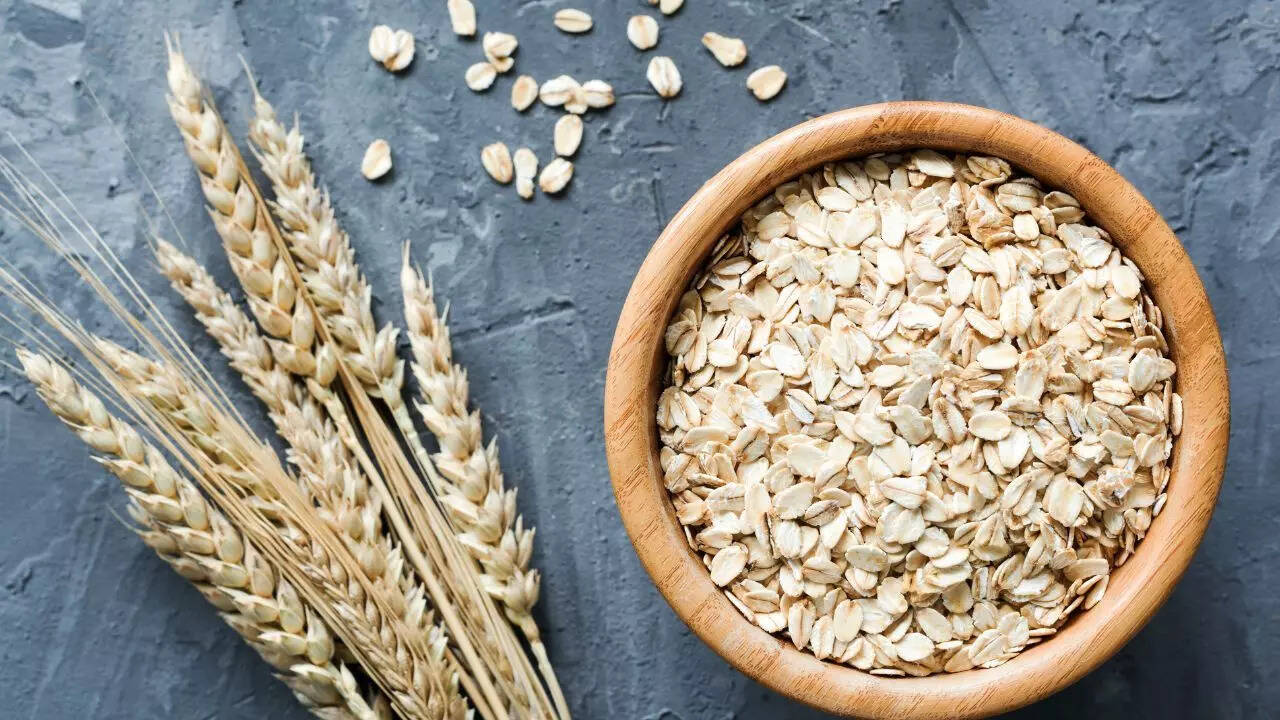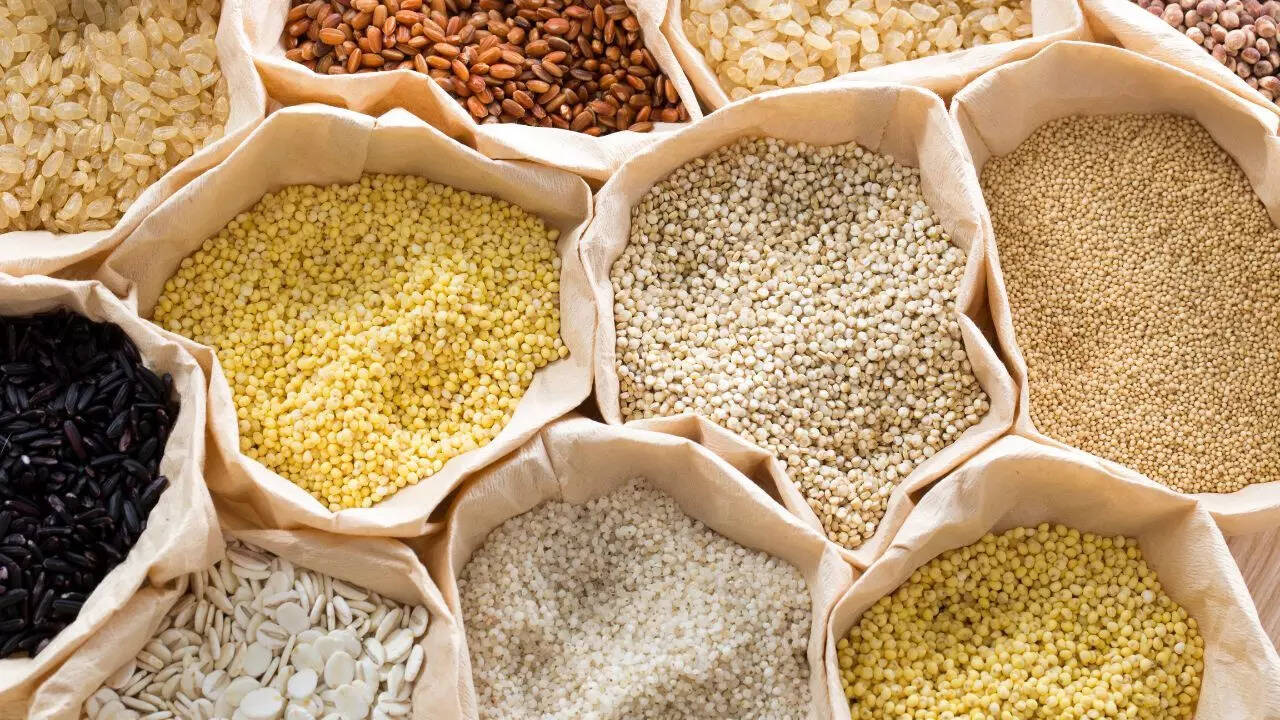In today’s era of conscious eating, choosing the right grains plays a crucial role in maintaining good health. Oats and millets, two popular superfoods, have become dietary staples for those seeking nutrient-rich, wholesome meals. Both grains are naturally gluten-free, high in fiber, and loaded with essential vitamins and minerals, supporting heart health, digestion, and sustained energy. Oats are known for their beta-glucan soluble fiber, which helps lower cholesterol and regulate blood sugar, while millets offer a low glycemic index, rich protein, and mineral content for bone and gut health. Depending on your health goals, incorporating one or both can enhance your diet, boost weight management, and promote overall wellness naturally.A 2024 study titled “The nutrition and therapeutic potential of millets” delves into the nutritional and health benefits of millets. Conducted by J Jacob, the research highlights that millets are small-grained cereals rich in essential nutrients, including vitamins, minerals, and bioactive compounds. These components contribute to various health benefits, such as improved digestion, heart health, and blood sugar regulation. The study emphasizes millets’ potential as a sustainable and nutritious food source, aligning with the growing trend of conscious eating and preference for whole grains like oats and millets. But which to choose?
Oats and its nutritional powerhouse for heart and energy

Oats, derived from the Avena sativa plant, are a widely consumed cereal known for heart health, digestive wellness, and sustained energy. They are available in various forms including steel-cut oats, rolled oats, and instant oats, catering to diverse cooking preferences.Key nutritional highlights:
- Beta-glucan: A soluble fiber that lowers LDL cholesterol, supports heart health, and promotes satiety.
- Minerals: Rich in iron, magnesium, and B vitamins, providing energy for active lifestyles.
- Gluten-free: Naturally free of gluten, making oats suitable for plant-based and gluten-sensitive diets.
Oats are ideal for heart-conscious individuals, busy professionals, and those looking for a versatile and nutritious grain.
Millets as an ancient grains for modern health

Millets are small-seeded grains cultivated for thousands of years in Asia and Africa. With a renewed focus on sustainability and nutrition, millets are making a strong comeback in modern diets.Key benefits:
- Fiber-Rich: Supports digestive health and promotes satiety.
- Protein-Packed: A good source of plant-based protein, essential for muscle health and energy.
- Minerals: High in calcium, magnesium, and iron, supporting bone and overall health.
- Gluten-Free and Sustainable: Perfect for those with gluten sensitivity and environmentally-conscious diets.
Popular millet varieties:
- Ragi (Finger Millet)
- Bajra (Pearl Millet)
- Foxtail Millet
- Kodo Millet
- Barnyard Millet
- Proso Millet
Millets are not just nutritious—they’re eco-friendly grains, requiring less water for cultivation compared to conventional cereals.
Oats vs Millets: Nutritional comparison
Understanding how oats and millets differ nutritionally can help you choose the right grain for your health goals.Heart health
- Oats: Beta-glucan fiber helps lower LDL (“bad”) cholesterol and supports heart health.
- Millets: High in antioxidants and fiber, millets help stabilize blood sugar and reduce cholesterol naturally.
Blood sugar management
- Millets: With a low glycemic index (GI), millets are ideal for diabetes management and preventing sugar spikes.
- Oats: Moderate GI; pairing oats with protein or healthy fats can also stabilize blood sugar effectively.
Weight management
- Millets: Lower in calories, high in fiber, and filling, millets support weight loss and long-term satiety.
- Oats: Slightly higher in calories but rich in protein and healthy fats, oats provide sustained energy and can help maintain a balanced diet.
Digestive health
- Millets: Contain insoluble fiber, which promotes regular bowel movements and overall gut health.
- Oats: Soluble beta-glucan fiber acts as a prebiotic, feeding good bacteria in the gut and aiding digestion.
How to incorporate oats and millets in daily meals
Adding these grains to your diet can be simple and delicious. Here are practical ways to use them:Ways to add oats in your diet
- Breakfast: Overnight oats or classic oatmeal topped with fruits, nuts, and seeds.
- Snacks: Homemade energy bars or granola.
- Baking: Cookies, muffins, pancakes.
- Smoothies: Blend oats for extra fiber and creaminess.
Ways to add millets in your diet
- Breads and Rotis: Mix millet flour with wheat flour for nutritious flatbreads.
- Breakfast: Millet porridge or upma for a wholesome start.
- Savory Meals: Add millets to dosas, khichdi, or as a rice substitute.
Oats vs Millets: Which should you choose
The choice between oats and millets depends on your individual health goals:
- For blood sugar control and diabetes: Millets are preferable due to their low GI and fiber content.
- For heart health and cholesterol management: Oats are ideal because of beta-glucan soluble fiber.
- For mineral and plant-based protein intake: Millets provide more calcium, magnesium, and protein.
- For convenience and versatility: Oats are easy to cook, quick, and suitable for a variety of dishes.
Incorporating a combination of both grains ensures balanced nutrition, providing fiber, protein, vitamins, and minerals in every meal.Both oats and millets are excellent choices for weight management, digestive health, and overall wellness. But which to choose when?
- Choose Millets: If you want a low-GI, mineral-rich, gluten-free grain that keeps you full for longer.
- Choose Oats: If you prioritise heart health, soluble fiber, and quick meal preparation.
Including both superfoods in your diet allows you to maximize nutrition, support gut health, and maintain balanced energy levels throughout the day.Disclaimer: The information in this article is for educational purposes only and is not intended as medical advice. Always consult a qualified healthcare professional before making changes to your diet or managing health conditions. Individual results may vary based on personal health, lifestyle, and dietary needs.Also Read | 4 types of people who should avoid eating guava; know its side effects and risks

